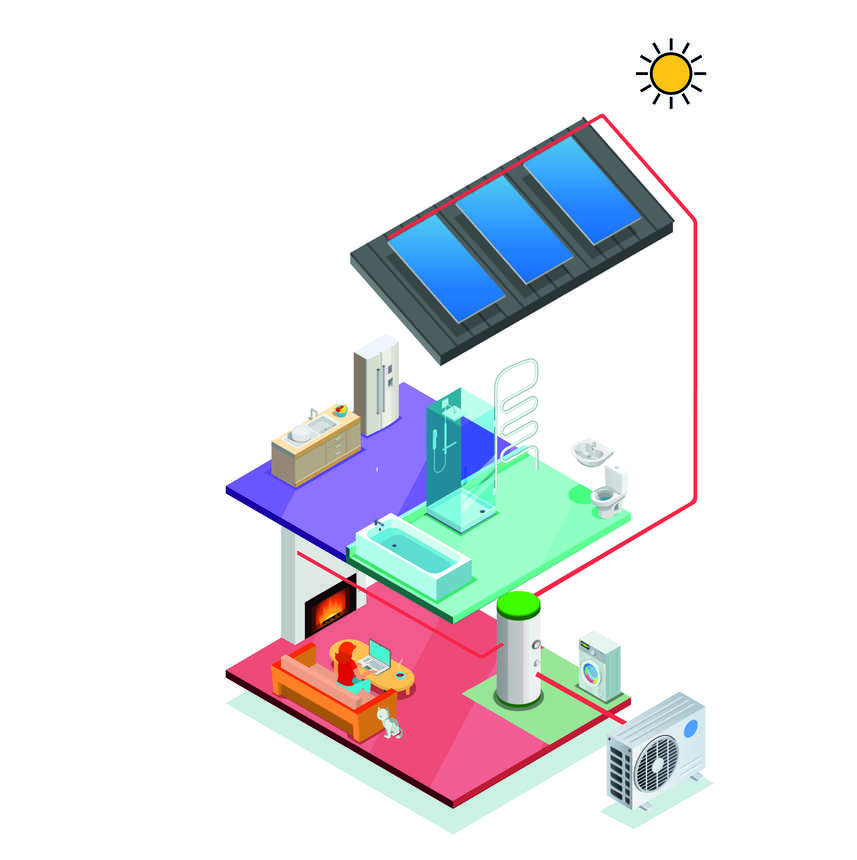What is the efficiency of a Stove?
An efficient stove converts more of the energy locked up in your firewood into heat to warm you. A more efficient stove will use less wood to provide the same amount of heat and so an added bonus is that you will spend less money on firewood. When wood burns it releases gases and it is when these burn (or oxidise) that you see those lovely flames. To get these gases to burn well you need the same 3 ingredients that any fire needs: fuel, heat, oxygen. You have the fuel already there, so heat and oxygen are next. Efficient stoves tend to have insulated firechambers. This keeps the temperature where the burning is happening really nice and hot and the heat is then extracted (to pass into the room to warm you up) higher up in the fire chamber. You will also usually notice some air vents in the firechamber - these supply fresh air (which has oxygen in it) to the fire. The jets or vents also encourage those gases to mix with the air supply to burn as many of them up as possible.
Stove efficiency and emissions
Forever chasing increasing efficiency is not the holy grain. Ironically very high efficiencies can result in higher emissions, so there is a balance to be made between the two. As with any stove how dry your wood is can have a much bigger impact on efficiency and emissions than the ratings of your stove. Wet wood will not burn well even in a super-duper fancy stove.
Typical stove efficiencies and some good examples
Stoves these days are typically around 75-80% efficient. Here are a few top notch examples:
- Walltherm stoves are one of the most efficient stoves in the world achieving 93% which is nearly unheard of (and certainly beats the efficiency of other brands claiming to be the most efficient. Really they should qualify their claim by saying 'most efficient stove that is box shaped' ; ) ).
- The Woodfire Passive boiler stove achieved a very impressive 85.8% efficiency and maintained low emissions.
- Opus stoves have high efficiencies across the entire range and low emissions.
- Wood pellet stoves and boilers take efficiency to the next level. This is partly because the fuel can be burnt in a very controlled and consistent manner, but also because the fuel is very dry and uniform. Efficiencies are typically in the 90's.
Stove efficiencies and ecodesign
Ecodesign regulations are set to take force in 2022 and you will already notice that the labelling of stoves has started. Stoves are now given an lettered rating like a washing machine. The letter (or Energy Efficiency Index) is a measure of how efficient the stove is, but also takes into account emissions. So I suspect that quite soon we will be looking for an A+ rated stove, not one that is 80% efficient - and in a way that takes some of the complexity out of the equation.



















































